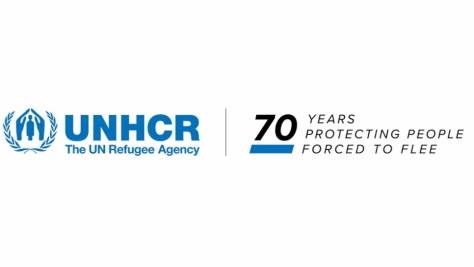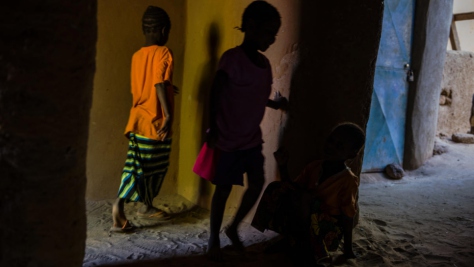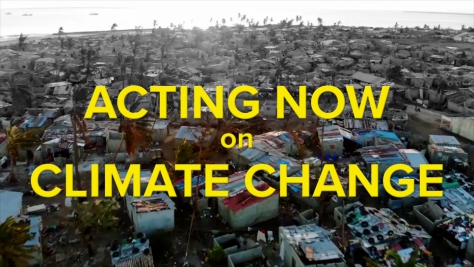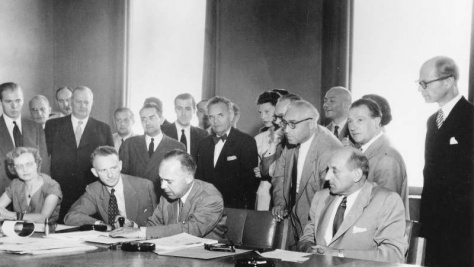Return of 2,400 Somali refugees leads to closing of third camp in Ethiopia
The voluntary return of more than 2,400 Somali refugees last week brings to more than 50,000 the number of voluntary repatriations last year and leads to the closing of a third refugee camp in Ethiopia.

ADDIS ABABA, Ethiopia, Jan. 2 (UNHCR) - The repatriation of thousands of Somali refugees from Ethiopia has continued at a steady pace, reflecting a more stable situation in parts of the east African country and leading to the closing of three of eight refugee camps.
Two convoys last week repatriated 2,412 people from Ethiopia's Daror camp to north-west Somalia, bringing the total number of refugees who returned home in 2001 to 50,216. The latest returnees received a nine-month food ration, plastic sheeting and blankets to help them restart their lives.
The Daror complex, which includes health clinics, schools, water systems and generators, and which once hosted 50,000 refugees, will be handed over by UNHCR to the local community.
Earlier last year, Teferiber and Dawarnaji camps were also closed.
Another estimated 67,000 Somalis who fled following the outbreak of widespread civil war a decade ago remain in five other camps in Ethiopia. More than half are expected to return home by June, but some 30,000 others from southern Somalia cannot be repatriated because the security situation in that part of the country remains unstable.
Related news and stories
Thousands of newly arrived Somali refugees in Ethiopia relocated to new settlement
Samira's Story
Drought brings life-threatening food shortages for refugees in Ethiopia
100,000 new Somali refugees arrive in Ethiopia in the past month, UN and partners are calling for urgent funding
UNHCR teams and partners rush assistance to some 100,000 newly arrived Somali refugees in hard-to-reach area of Ethiopia
As the Horn of Africa drought enters a sixth failed rainy season, UNHCR calls for urgent assistance
-

Resettlement Fact Sheet 2020
Dec 2020 This factsheet provides a statistical snapshot of UNHCR's resettlement activities up to the end of December 2020. All figures are provisional and subject to change. -

Who We Are: 70 Years of the UN Refugee Agency
1 Dec 2020 -

Child-trafficking in Mali increasing because of conflict and COVID-19
1 Dec 2020 Armed groups in Mali trafficking children for labour in gold mines, using profits to enrich combatants, fuel the arms trade and finance the violence. -

Acting Now on Climate Change: HC Dialogue film
1 Dec 2020 -

The 1951 Refugee Convention
The 1951 Refugee Convention and its 1967 Protocol are the key legal documents that form the basis of our (UNHCR's) work. UNHCR serves as the 'guardian' of the 1951 Convention and its 1967 Protocol. -

Evaluation of the UNHCR Regional Refugee Response to the Venezuela Situation
Dec 2020 This centralized evaluation of the United Nations High Commissioner for Refugees (UNHCR) looks at the regional response to the Venezuela Situation (VenSit) follows the declaration of the L2 emergency, effective 2018, and covers the first two years of the response Attachments: Executive Summary, Management Response and Annexes (.zip) -

Humanitarian access urgently needed to reach civilians, Eritrean refugees in Tigray
1 Dec 2020 -

Who We Are: 70 Years of the UN Refugee Agency
1 Dec 2020 -

Policy on a Victim-Centred Approach in UNHCR's response to Sexual Misconduct
Dec 2020 This policy (i) clarifies what is meant in UNHCR when referring to a victim-centred approach, (ii) confirms the organization's commitment to apply a victim-centred approach in all (suspected) instances of sexual misconduct (sexual exploitation and abuse and sexual harassment and (iii) spells out which entities are involved in and responsible for operationalizing a victim-centred approach in their work on sexual misconduct.
